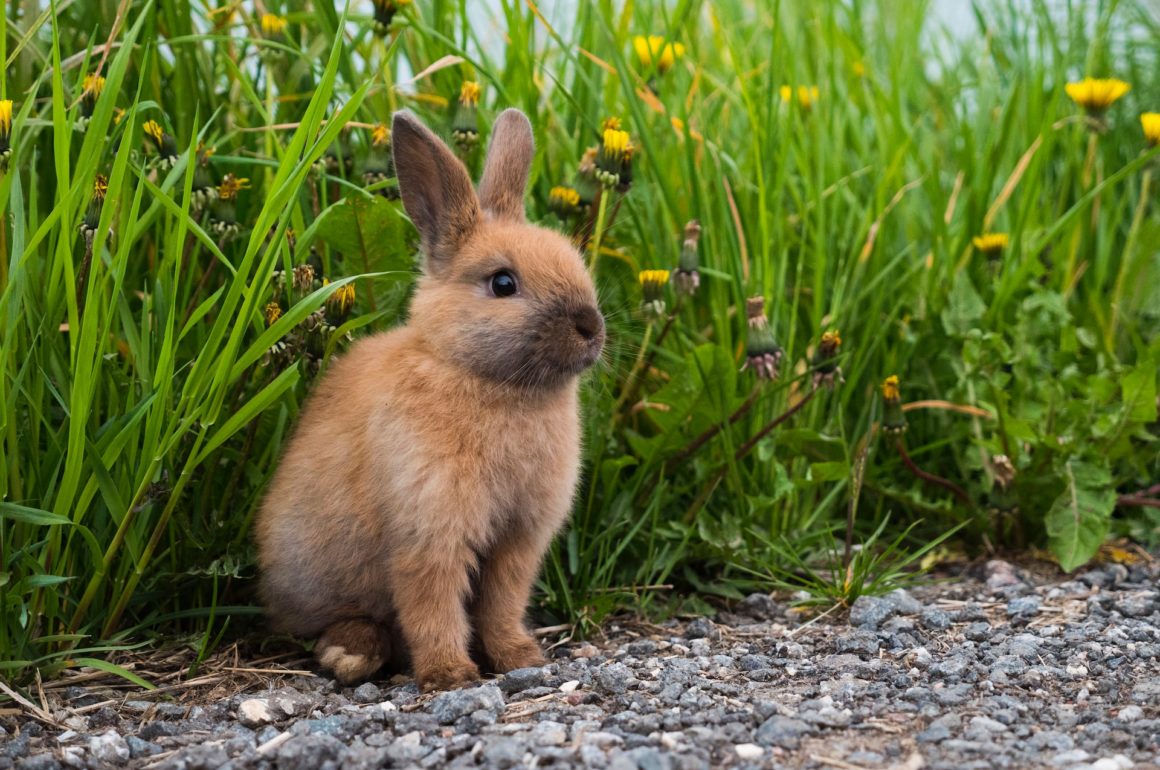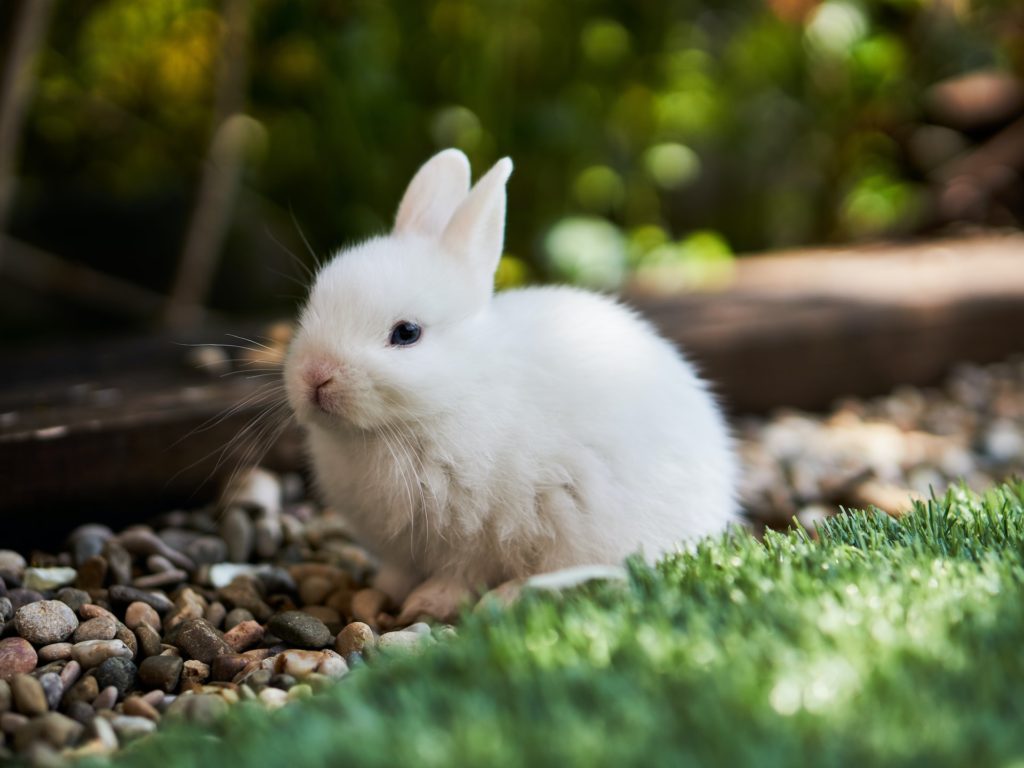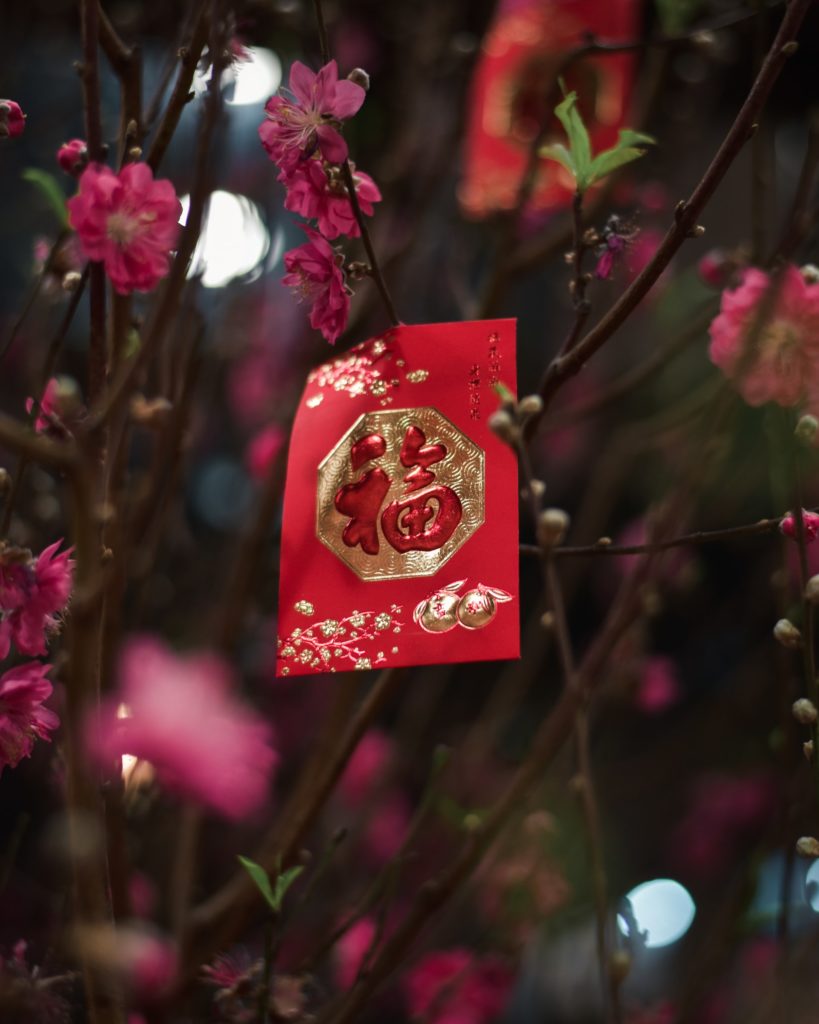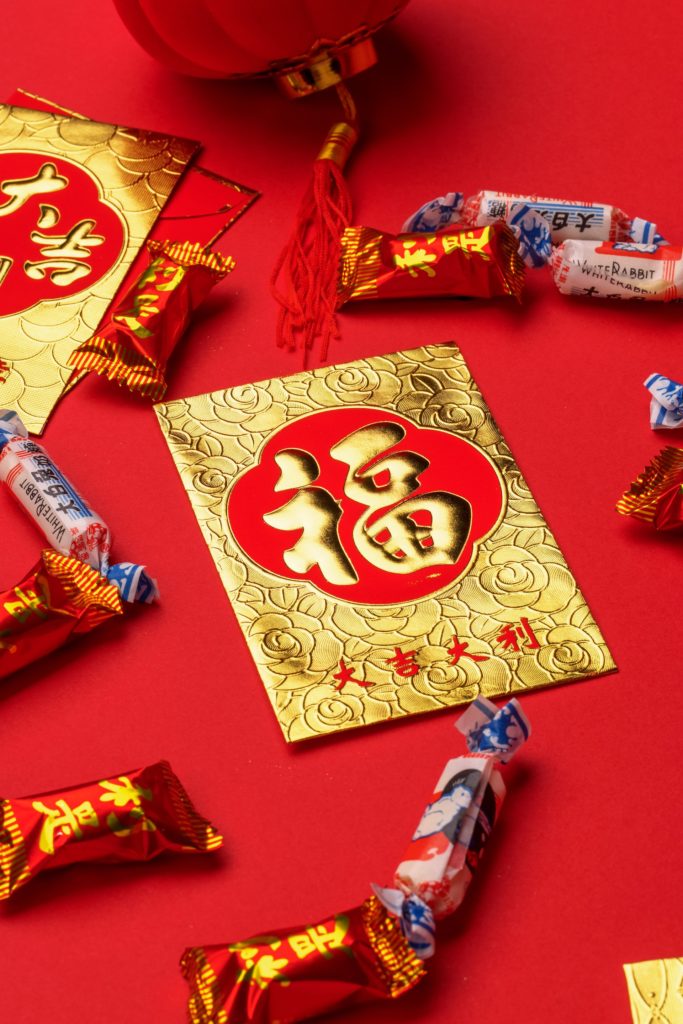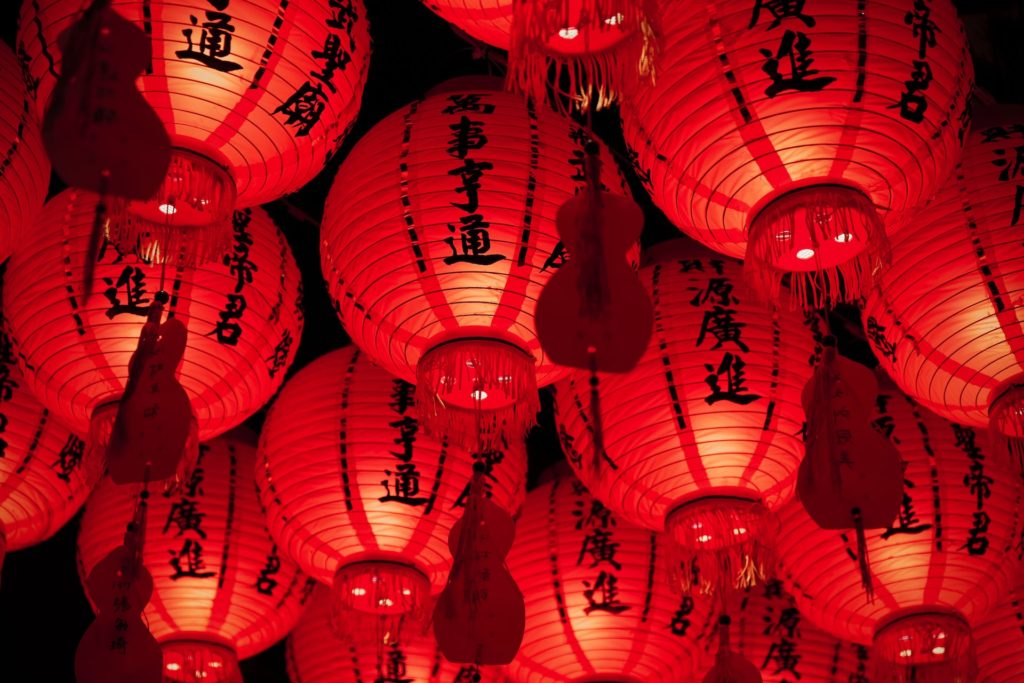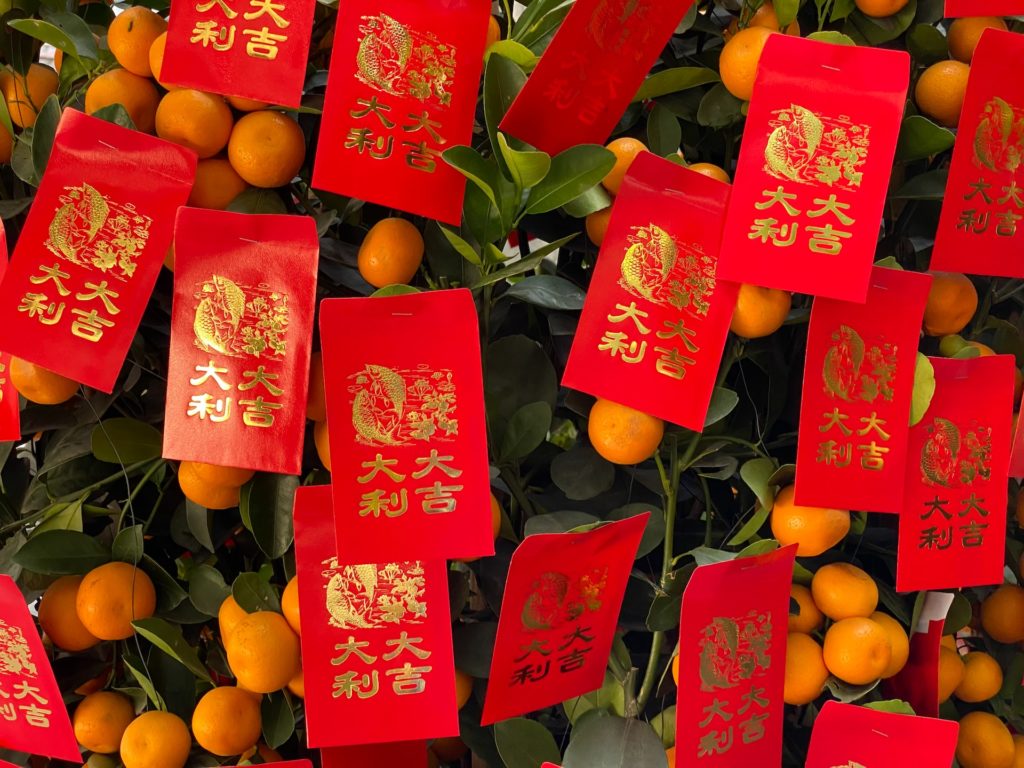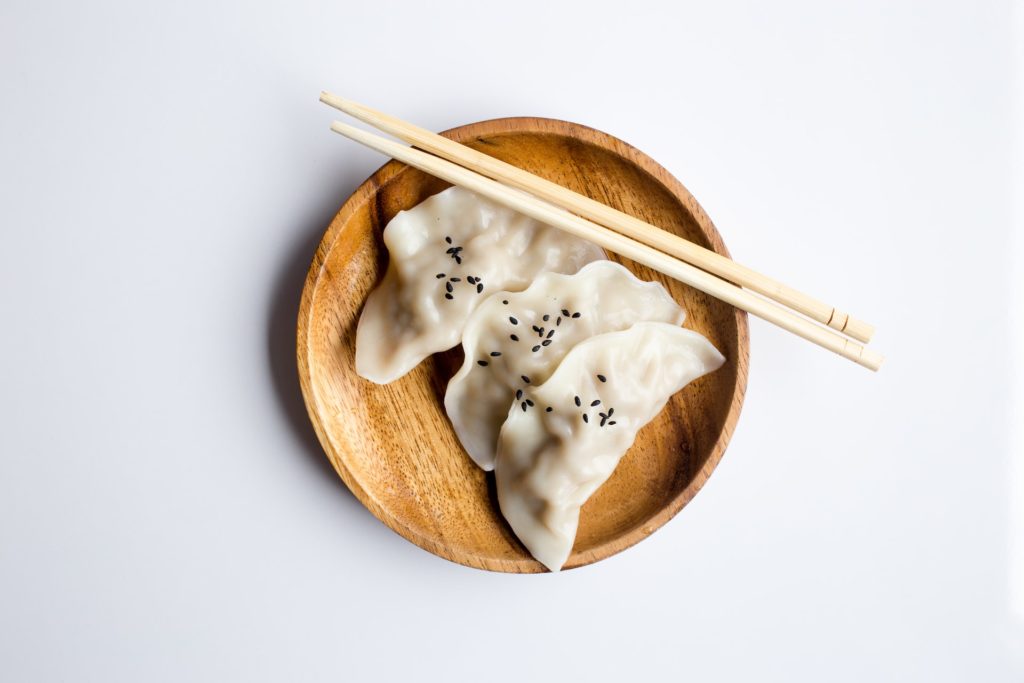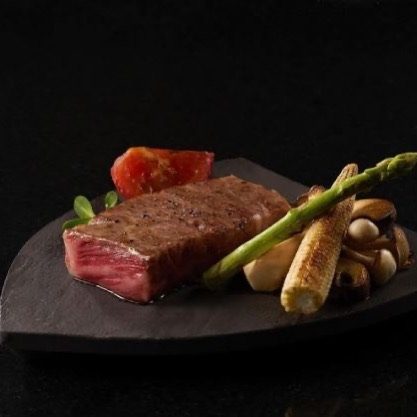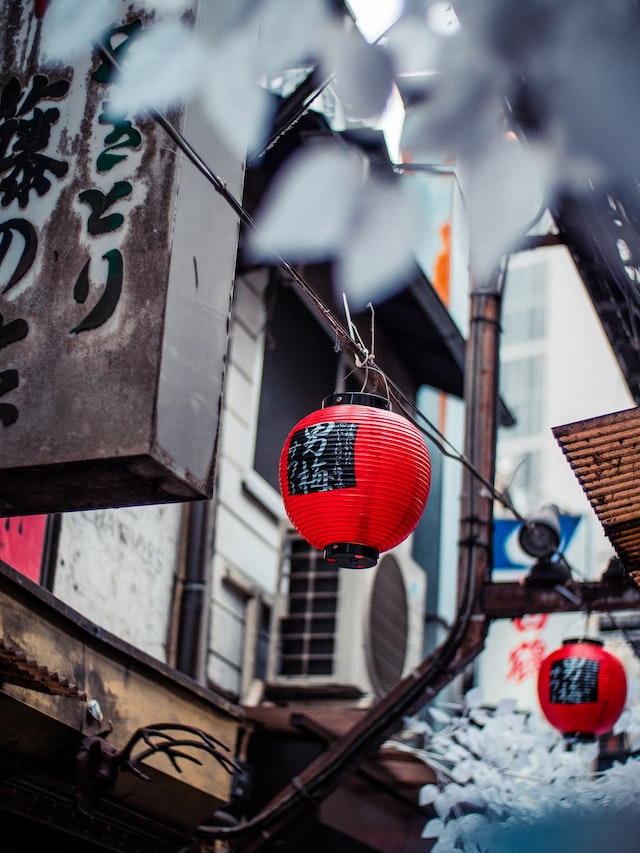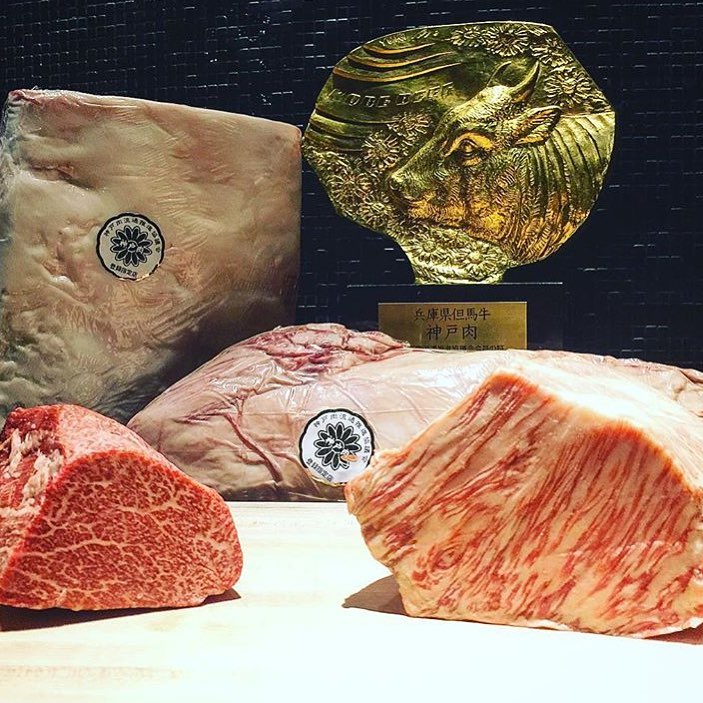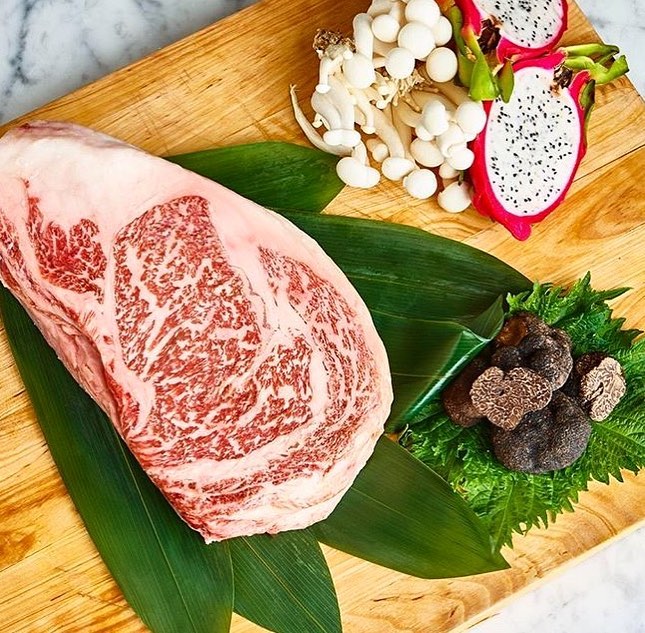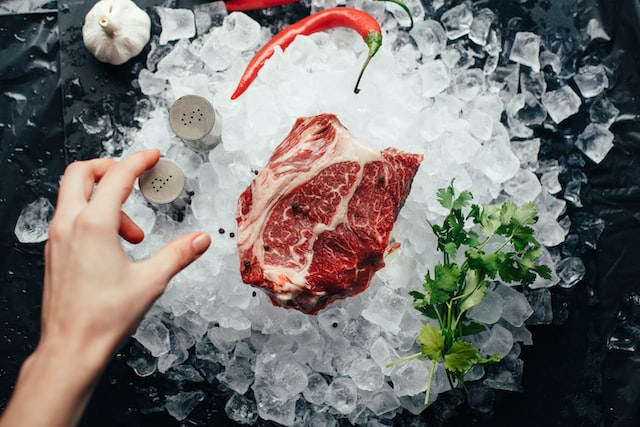Sumptuous rooms, decadent dining and panoramic lake and mountain views – welcome to the Leela Palace Hotel in Udaipur, India. This five-star establishment offers everything you could wish for in a romantic luxury hotel and so much more.
The unparalleled grandeur of the Leela Palace is an ode to the Land of the Mewars, the region of Rajasthan where the hotel is located. Traditional artisanal crafts and exquisite embellishments inspired by the rich cultural heritage of the area adorn the rooms. Scenic views of the city, tranquil Lake Pichola and the Aravalli mountains make for amazing vistas. It is truly one unforgettable romantic stay.
For travel inspiration: India destination guide
The art of the hotel

@theleelapalaceudaipur
Every inch of the Leela Palace hotel is a masterpiece. Inspired by the royal grandeur of India, the hotel is steeped in culture and history. As you stroll amongst hand-carved marble lotuses and silver elephants, the contemporary decor blends seamlessly with traditional architecture. Thekri, a Mewari art form that uses intricately chiseled mirrors on plaster, is the main theme of the palace interiors.
Embroidered fabrics mix throughout with dark wood furniture. Here you can see the Tarkashi work – the art of setting brass wires, strips and motifs in wood to make handcrafted furniture. You can also book (at extra cost) an Art Walk of the Palace, where an expert will reveal the treasures to you and provide fascinating insights into culture and history.
Discover this on: Imperial Rajasthan
The Maharaja Suite

@theleelapalaceudaipur
If you are going all out to rekindle the romance, then why not take the best room at this most romantic luxury hotel? Although it comes with an eye-watering price tag, the Maharaja Suite is worth dreaming of. This royal choice features plush interiors adorned with fine art and artifacts. During your stay you will be waited on hand and foot by your personal butler. Built into the suite, for the discreet comfort of its distinguished guests, is a massage parlor, a spacious plunge pool and sprawling courtyards.
At 3,585-sq.-ft. the vast suite comes with a living room, study, dining area and master bedroom with a separate walk-in wardrobe. The king-size bathtub and jacuzzi as well as the separate shower stall and water closet only add to the feel of luxury.
Related content: Our top 10 hand-picked luxury hotel stays for 2023
The Grand Heritage Lake View Room

@theleelapalaceudaipur
Maybe a more realistic option for most luxury travelers, the other rooms and suites at the Leela Palace hotel, while smaller, are no less impressive. Wake up to tranquility in one of this romantic luxury hotel’s Grand Heritage Lake View rooms. Elegant, contemporary interiors are adorned with traditional Rajasthani art and craftwork by local artisans, and exquisitely embroidered fabrics lure you to relax.
Superbly comfortable beds and all the expected amenities of a five-star hotel combine for a romantic luxury getaway. Rooms with a balcony offer panoramic romantic views of the lake and mountains. This is the perfect spot to sip champagne and relive years, stories and moments gone by.
Related content: The personal touch: our top 5 curated luxury travel experiences for 2023
Exquisite dining
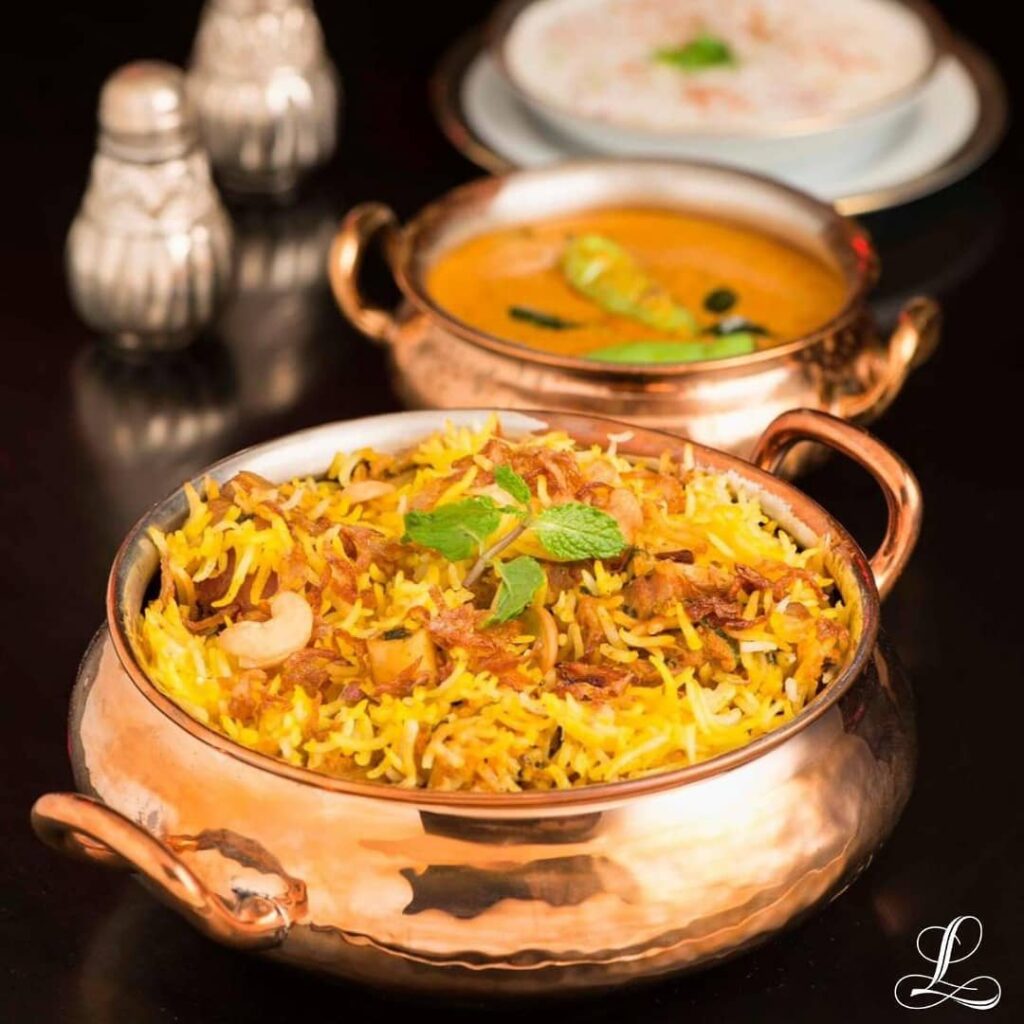
@theleelapalacehoteludaipur
Offering the best in Indian fine dining, the hotel’s Sheesh Mahal restaurant showcases the most exotic and exquisite flavors. The perfect luxury hotel for Valentine’s Day, dine in the warm open-air, overlooking the lake and under a glittering night sky. Using recipes mastered in royal kitchens, Sheesh Mahal mirrors the traditional essence of the kitchens of India. Along with contemporary nuances, the local flavors are elevated to their authentic best. Under the glow of candles, the restaurant invites you to enjoy the nostalgia and romance of a bygone era.
The Library Bar
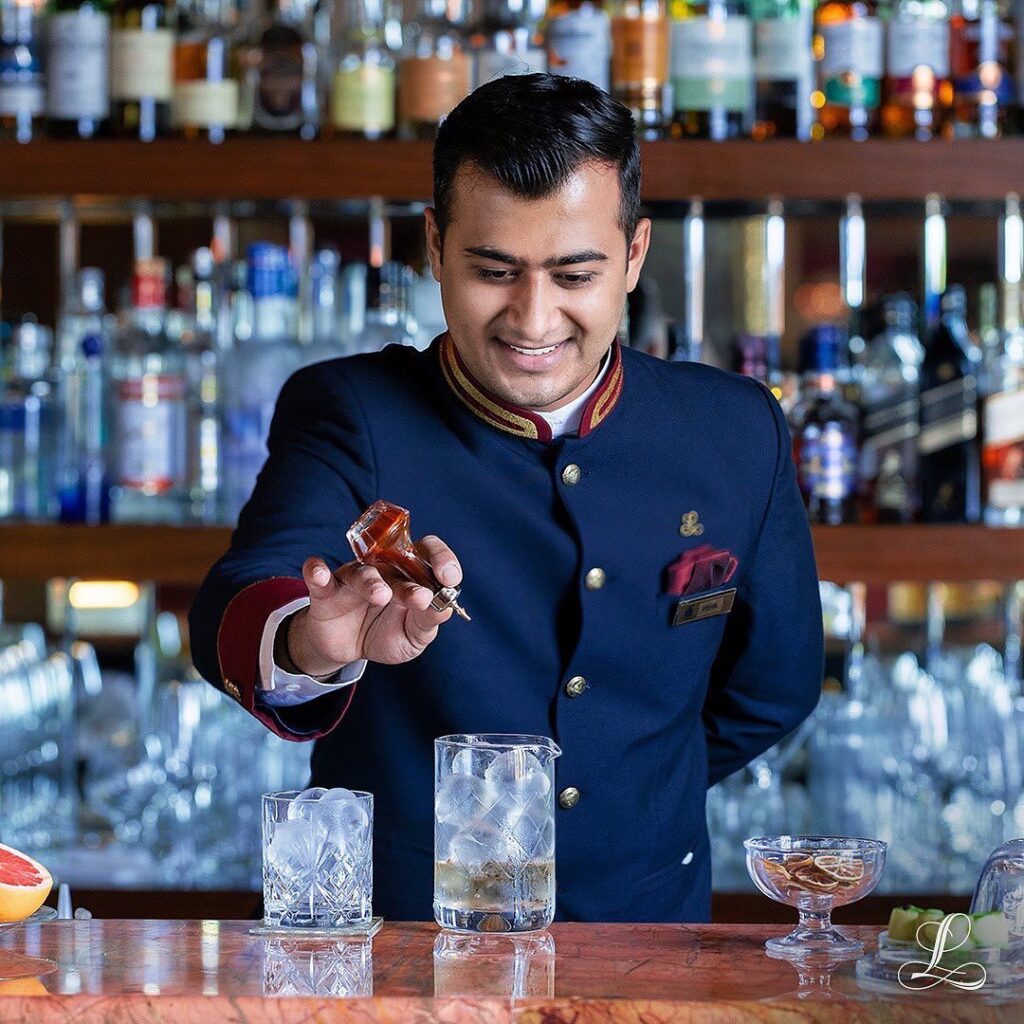
@theleelapalaceudaipur
The perfect date venue, drop into the Library Bar to sip a romantic cocktail or fine champagne. Choose from time-refined cognacs, single malts and vintage wines. Choose the bar to spend one-on-one time together whilst enjoying the wood paneling, fireplaces, fine art, books and collectible artifacts that adorn the walls. Sink into one of the comfortable couches and pick from the finest selections of whiskies and liquors from around the world. Or step out into the courtyard to enjoy Rajasthani folk music and dance performances every evening.
A sublime location

@theleelapalacehoteludaipur
The Leela Palace hotel makes the most of its lakeside location, with sublime views across the waters of Lake Pichola and panoramic views of the rolling Aravalli Mountain ranges. Despite this tranquil locale, the hotel is in the city center so the sights of Udaipur are within close reach, making this a perfect destination and hotel for your honeymoon. The spectacular City Palace, the floating Lake Palace and the Indo-Aryan Jagdish Temple are all romantic spots to visit.
Related content: From off-grid trips to nostalgic getaways: the top luxury holiday destinations for 2023
The Spa

@theleelapalacehoteludaipur
A serene getaway to wellness and relaxation, the Leela Palace Hotel spa is worthy as a destination in itself. This tented spa complex features eight luxury tents, with a yoga and meditation tent, as well as therapy suites with private pools. Here clients are offered a holistic experience to recharge the body, mind and soul.
Guests of the spa can also enjoy a Temple ritual. This takes place daily at Lord Shiva’s 16th-century Omkareshwar temple in the Palace Garden. If you are looking for the best luxury hotel for couples then, with this amazing spa, the Leela Palace is the perfect location to relax together.
Related content: Expert selected: the 4 best hotel spas you can visit with Luxury Gold
If you are looking for an extra special travel experience, whether to rekindle the romance or just treat yourselves then India is a fantastic destination. Stay in this romantic luxury hotel and many more worldwide on our limited-edition guided journeys.




